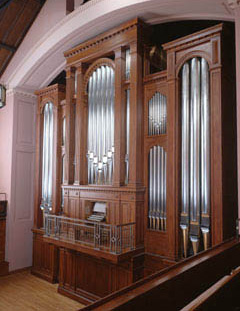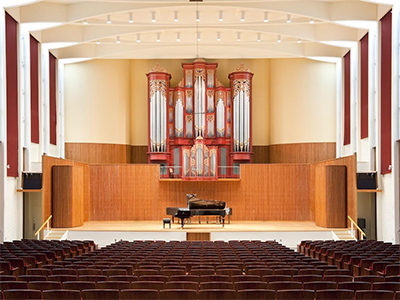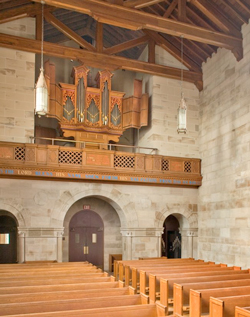by Daniel Hathaway

On June 25 at 7:30 pm, organ professors Jonathan Moyer and Christa Rakich will join organ curator David Kazimir on Oberlin Stage Left to tell about the distinguished history of organ instruction at Oberlin. They’ll also lead a video tour to four of Oberlin’s concert organs — just a few of the instruments in the Conservatory’s impressive keyboard fleet, which includes practice and studio instruments of all styles and sizes. The virtual tour will include brief performances.



Published on ClevelandClassical.com June 23, 2020.
Click here for a printable copy of this article



